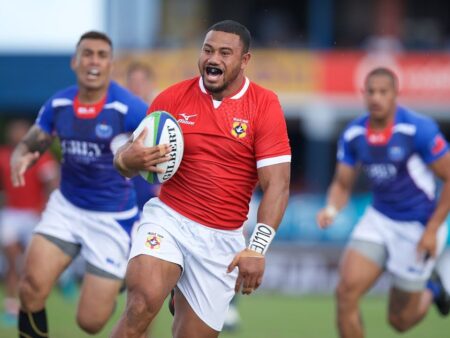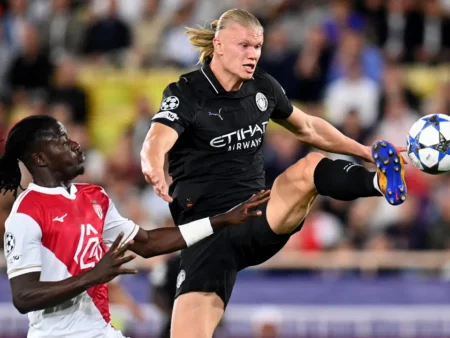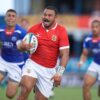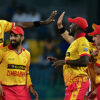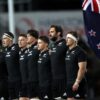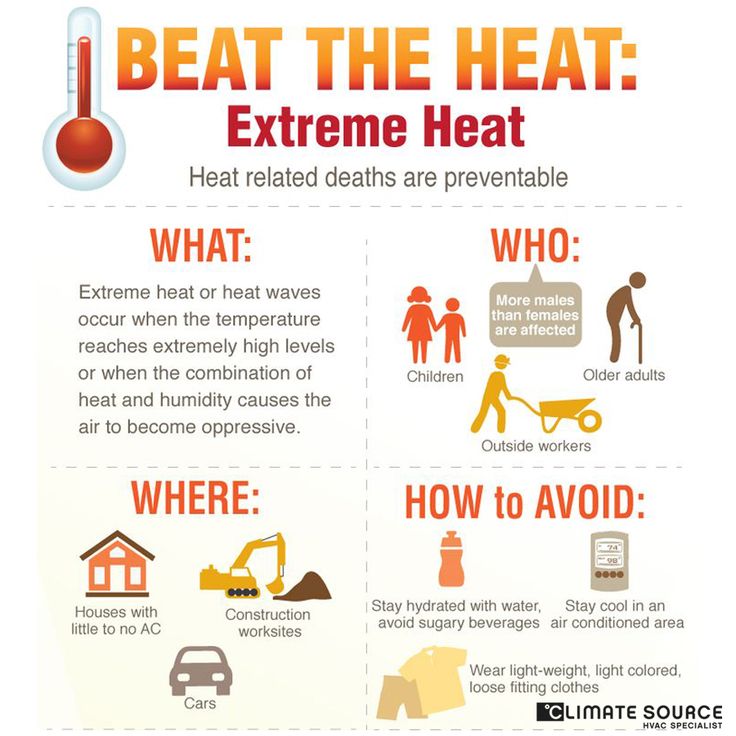
In a summer defined by soaring temperatures, a soccer match in Kansas City became a focal point for the complex intersection of elite athleticism, rigorous policy, and the undeniable force of nature.
Summers in the American Midwest are synonymous with heat, but on a recent Saturday in Kansas City, the conditions weren`t just warm; they were a formidable opponent, compelling the National Women`s Soccer League (NWSL) to make a rare and significant decision: an unprecedented delay of the highly anticipated match between the Kansas City Current and the Orlando Pride.
Originally slated for a 3 p.m. local kickoff, the game ultimately didn`t commence until 6:28 p.m. — a marathon delay of nearly three and a half hours. This lengthy pause wasn`t merely an inconvenience; it was a live demonstration of a carefully crafted but seldom-invoked league policy designed to protect its most valuable assets: the players. What transpired was a meticulous, at times frustrating, dance between scientific measurement and competitive ambition, underscored by a profound commitment to athlete well-being.
The Science Behind the Delay: More Than Just a Thermometer
When conditions become extreme, sports leagues can no longer rely on a simple air temperature reading. The NWSL`s extreme heat policy, a progressive component of its new collective bargaining agreement with the NWSL Players Association, kicks in when the air temperature exceeds 90 degrees Fahrenheit and the National Weather Service issues a heat warning, watch, or advisory for the area. But the real gatekeeper is a lesser-known metric: the Wet Bulb Globe Temperature (WBGT).
Unlike standard thermometers, the WBGT takes into account several critical factors beyond just air temperature, including humidity, wind speed, sun angle, and cloud cover. It`s a comprehensive measure of heat stress on the human body, offering a far more accurate assessment of risk than a mere Fahrenheit reading. Essentially, it tells you not just how hot it is, but how hot it feels and how difficult it is for the body to cool itself.
The Protocol: A Precision Operation
Under the NWSL`s meticulous guidelines, the fourth official transforms into a climate scientist. For a potential extreme heat delay, the first WBGT reading is taken a full 60 minutes before the scheduled kickoff. Should this reading exceed 92.3 degrees Fahrenheit, the league is immediately alerted. A second reading follows 45 minutes pre-kickoff. If that needle hasn`t dropped below the 92.3-degree threshold, the delay becomes official.
During the ensuing wait, WBGT readings are conducted every 30 minutes. The game only gets the green light to proceed when the WBGT falls to a safer 91.3 degrees Fahrenheit, and even then, the decision rests on a consensus among the fourth official, both teams` medical personnel, and operations and technical staff. It`s a testament to how seriously player health is being taken, transforming game-day operations into a delicate scientific balancing act.
A Global Challenge: Heat on the Pitch, Everywhere
While the NWSL`s strict adherence to its protocol in Kansas City made headlines, the issue of extreme heat in sports is a growing global concern. Major League Soccer (MLS) has had a similar policy for years, though rarely invoked. Earlier this year, MLS did preemptively push back an Austin FC match due to record-breaking heat, making the decision the day before rather than in the immediate chaos of game day.
Conversely, some international competitions, like certain matches at this summer`s FIFA Club World Cup, were played with air temperatures well above 90 degrees Fahrenheit without heat-related delays, though lightning did cause disruptions. This highlights a fascinating discrepancy: while some leagues are taking proactive, scientifically-backed stances, others seem to navigate extreme conditions with a different tolerance, or perhaps, simply fewer explicit heat policies in place.
The Human Element: Frustration, Patience, and a “Chess Match”
The 3.5-hour delay in Kansas City was certainly not without its human cost. For the players, the stop-start nature of the afternoon was challenging. TikTok dances from the Orlando Pride players offered a glimpse of their attempts to maintain morale, but Kansas City Current captain Lo`eau LaBonta candidly addressed the crowd, stating, “Nobody, especially the players, are happy right now.”
Pride head coach Seb Hines echoed this sentiment, criticizing the “lack of communication” during the delay and wishing the decision had been made “earlier on, before warm-up, so they can probably prep a little bit better.” The frustration is understandable; elite athletes thrive on routine and precise preparation, both of which were thoroughly disrupted by the uncertain timeline.
Even once the whistle finally blew, the heat`s lingering presence was undeniable. Current head coach Vlatko Andonovski described the eventual 0-0 draw as “a little more methodical, a little more of a chess match.” He noted that players “could not maintain a certain intensity for a longer period of time,” acknowledging the heat`s continuing impact on game flow and physical exertion, even hours after the initial scheduled kickoff.
Charting the Course for the Future
The Kansas City Current vs. Orlando Pride match delay wasn`t just a singular event; it was a stark reminder of the evolving challenges facing professional sports in a warming world. As global temperatures continue to rise, such extreme weather events are likely to become more frequent, forcing leagues worldwide to re-evaluate their protocols and prioritize athlete safety with renewed urgency.
The NWSL, with its commitment to a science-backed WBGT policy and its inclusion in the collective bargaining agreement, is setting a significant precedent. It signals a shift where player well-being is not just a secondary concern but a foundational principle, capable of overriding even the most eagerly anticipated sporting schedules. This isn`t just about delaying a game; it`s about pioneering a path for safer, more sustainable professional sports in an increasingly hot climate.
